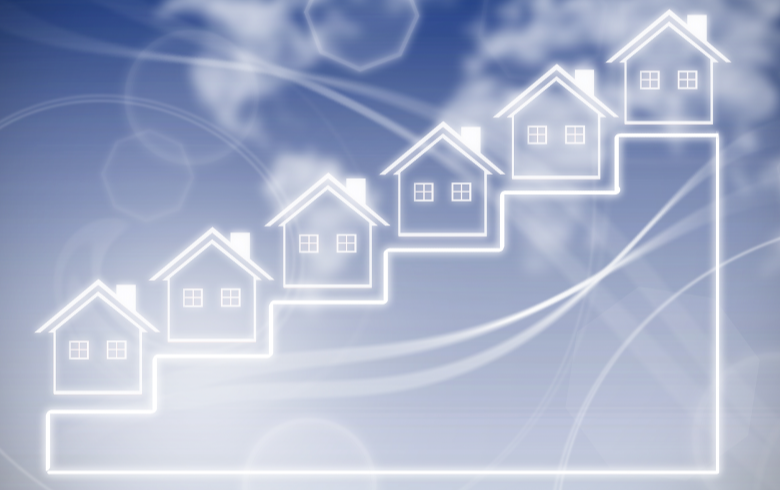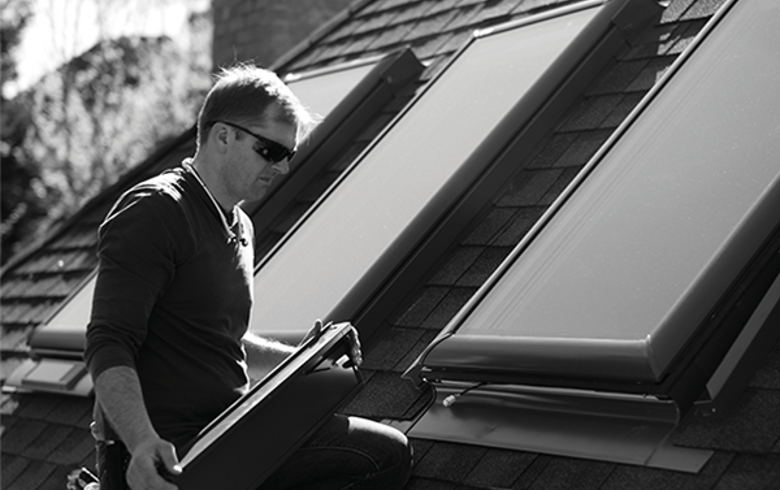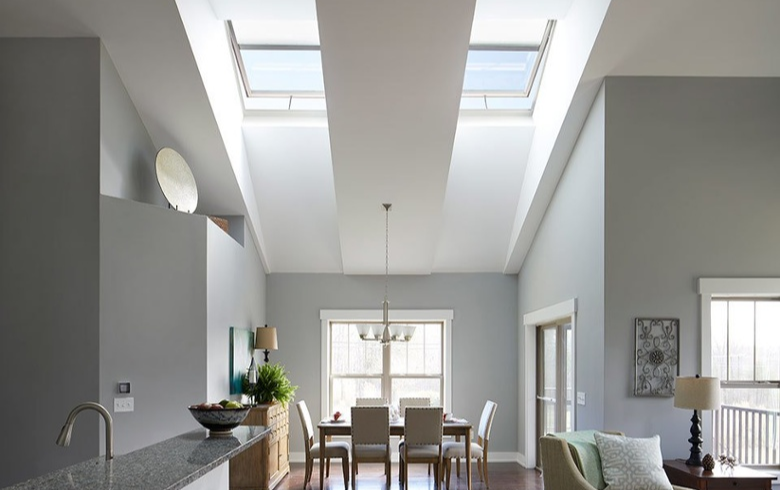If we were to ask you to tell us what a skylight is, would you be able to tell us? Sure, you could probably tell us that it is a source for natural daylight and, maybe, you'd say a ventilation mechanism. And, you'd probably tell us that it is a window that is installed on the roof of a building.
None of this information is incorrect, but there is a lot more to the way a skylight is made and how it functions - more than you may think.
At VELUX, we want to make sure our contractors are fully aware of the products they're selling and installing. More importantly, we want you to be able to answer any and all of the questions your customers may have in regard to a skylight and how it functions.
That's why we went directly to the US Department of Energy to get the information you and your customers need to see skylights in a better light! (See what we did there?)
Operation and Use
As you know, VELUX offers a variety of skylights, from the Fixed Skylights to the Solar Powered "Fresh Air" Skylights and everything in between. But, how do all of these operate exactly?
Our skylights offer ventilation by opening outward from the bottom. When ventilating, the skylight allows the home to have a proper moisture balance by releasing the hot, stale and humid air that accumulates at the ceiling; also known as the chimney effect.
Here's how they work:
- VELUX Manual Venting Units can be opened with VELUX control rods when they are installed in hard-to-reach areas, and with a smooth turning handle when the skylight is installed within reach.
- With our Electric "Fresh Air" Skylight, ventilation is easily accessed by the touch of a button; this is made possible by its single 20' hard wire that connects to a standard junction box.
- Our Solar Powered "Fresh Air" Skylight features a solar panel that captures any available daylight and uses it to power up the battery operator and control system.
Designing Opportunities
When it comes to choosing a skylight to install, your customers want options. Lucky for them, we have an abundant of options to choose from. In order for them to choose the best one and for you to guide them to what fits their home the best, it is important to consider three major factors: the selection, glazing, and shape of the skylight.
Selection
First, have your customer think about why they are installing a VELUX skylight in the first place. Are they looking to become more energy efficient? Are they trying to allow better airflow within their homes? Or, do they simply want to maximize the amount of daylight that comes in?
According the the US Department of Energy, the physical size of a skylight should not be greater than 5% of the floor area in a room with lots of windows, and no more than 15% of the room's floor area in a space that contains fewer windows. This is because a skylight's size can have a great affect on the illumination level and the temperature of the space underneath.
If your customer is seeking to gain more daylight and take advantage of solar opportunities, it is important to consider the position of the skylight within a customer's home. Let's take a second to go back in time - remember when you were a kid and you were told that the sun rises in the east and sets in the west? This is where that information is absolutely vital.
- A north-facing roof will provide fairly constant, but cool illumination.
- A east-facing roof will bring in maximum light and solar heat within the morning.
- A west-facing roof will bring in maximum light and solar heat within the afternoon.
- A south-facing roof will provide the greatest amount of heat gain during the winter months, but also bring in some (potentially) unwanted heat gain during the summer months.
Okay, so what if your customer really wants a skylight installed on a south-facing roof, but lives in a place where the summer months are practically unbearable (such as Columbia, SC)? Provide your customer with the idea of limiting heat gain by installing the skylight in an area that is shaded. Even better, bring up the idea of dressing up their skylight with VELUX blinds. Whether they want to diffuse or completely block the light, VELUX blinds are the perfect solution for customers to control their daylight.
Glazing
As you know, the type of glazing that a skylight has can make or break the product. This is why VELUX has 4 different glass glazing options, each specifically made for certain environments.
- Impact - This glass is resistant to penetration from flying debris and meets the requirements for wind-borne debris protection of the IBC (International Building Code Commercial), IRC (International Residential Code), and the Florida Building Code 2001, with exception of Dade County Protocols.
- White Laminated - Made up of bonded layers, this glass holds together if broken. Plus with its white coating, it can diffuse 100% of the light flowing into a home.
- Snowload - It's exactly as it sounds. This glass is ideal for climates that experience heavy amounts of snowfall a year, ensuring the skylight can support the added weight from accumulated snow.
- Tempered Glass - Just like the glass used for the side windows of your car, this glass crumples into small pieces when it breaks, rather than larger shards of glass.
- Clean, Quiet & Safe glass (xx04) Dual Pane Laminated Glass - Standard on: VSS, VCS, VSE, VCE skylights
Keep in mind that certain regions and states have specific building code that may require certain types of glazing, so be sure to keep that in mind! Below is a chart of that lists each glazing option and which skylights they can be paired with:

Shapes
When you and your customers hear the word "skylight", chances are the first image that comes to your mind if a big rectangle (similar to that of a window). That's because until very recently, that's the only shape that has been available in the skylight industry. VELUX now offers an architectural series that expands outside of the typical rectangular shape and offers an even wider variety of skylight options for your customers.
Non-rectangular skylights, such as the architectural pyramid and ridge, offer more flexibility when it comes to where to position the object within the home thanks to the raised design that allows light to come in at more extreme angles.
VELUX Sun Tunnels are another good example of different skylight styles; it's cost efficient, and allows for natural daylight to light up the core of the house.
Installation
It never hurts to get a quick reminder on proper skylight installation, right? Especially when you should pay attention to slope and moisture control.
Slope
It's obvious, but sometimes overlooked - the slope or tilt of a skylight affects the amount of heat gain. For example, a lower sloped skylight will bring in more solar heat during summer months and less during the winter.
According to the US Department of Energy, in order to achieve the desirable amount of solar heat gain during the winter months and minimize the amount during the summer, the skylight should be installed at a slope that is equal to the home's geographical latitude plus 5-15 degrees. The example they use is for a south-facing skylight in Columbus, OH at a 40° north latitude is 45°-55°.
Moisture Control
VELUX has kept its No Leak Promise for over 75 years. We've made this possible because we have perfected the way we install our skylights. Ways we continue to avoid water leaks include many of the suggestions that the US Department of Energy has to offer:
- Mounting the skylight above the roof surface
- Installing a curb and flashing
- Thoroughly sealing the joints
- Following the manufacturing guidelines
So, if we were to ask you what a skylight is now, we'd be willing to bet that you would feel a little more confident with your answer. And more importantly, that you feel like you can tackle any question your customers may have.





